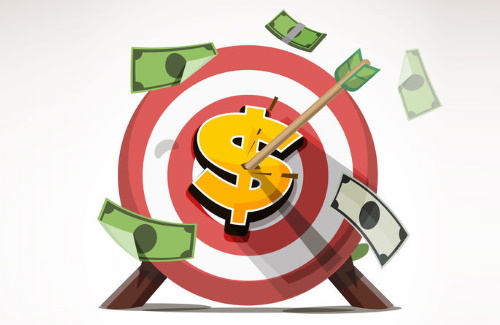
Understanding Differences
Things get a bit more complicated when you include international distributors and domestic wholesalers to the mix. It’s important to differentiate between wholesalers and distributors.
Wholesalers (for the most part) provide regional service to accounts that are too small for the manufacturer or distributor to handle directly. These are mostly found in the United States, where the market is so vast that it can support this “middle man.”
Wholesalers also tend to have huge warehouses, carry a plethora of brands and work on a lean margin that will often range from 8 to 15 percent, depending on demand and sales velocity. For example, a Samsung TV typically comes in at around 8 percent gross margin while an Apple iPhone can be as little as 5 percent! This is where the add-on items play a huge role in bolstering the margin.
In pro audio/music industry vernacular, distributors are different. They tend to import the products they carry and take on significantly more responsibility. In fact, a good distributor becomes the face of the brand whereby the distributor’s sales team will present the product to the country’s dealer network, advertise in trade journals, put on sales events, attend trade shows and provide the all-important after-sales service.
Unlike dealers that can turn on a dime to sell the hot product of the day, distributors cannot. They must “stay the course” and find dealers that will support their brands during good times and bad.
Distributors generally work with a 33 percent margin, but this will drop to as little as 25 percent if a product line has sufficient velocity. North America-based manufacturers that intend to have products distributed in Europe or Asia must figure in a reasonable margin for their distributors or else the domestic price will end up being too high to succeed.
Returning to our earlier example scenario, notice that the manufacturer’s margin is 50 percent while the distributor margin is 20 percent. A manufacturer needs the larger margin to survive due to all of the additional costs that a distributor does not have to incur, such as research and development, testing for safety, emissions (FCC and CE), parts for service, international travel and trade shows, and branding.
Although the distributor would love to get a 30 percent discount from the manufacturer, that’s often impossible due to the cost of production. By providing a 20 percent discount to the distributor, reasonable price stability can be achieved because grey marketing purchases (outside of the country) usually entail added freight costs and the forfeiture of a local warranty.
Success For Everyone
Constant refrains I heard from distributors over the years is that they have high domestic taxes and import duties, high freight costs, and that their market is “different.” Poppycock. Having traveled to more than 60 countries I can attest that everyone pays taxes and we all have freight costs to contend with.
I recall discussing sales with a person at a United States-based manufacturer that was seeing good success in the U.S. but he felt our results as his distributor in Canada were not in line with his expectations. During a subsequent trip to the Atlanta area, I found out why.
I was on the road with a sales rep firm that represented both our Canadian-made products as well as those made by this particular manufacturer. While the rep was making his presentation, I discovered that the U.S. manufacturer was including a bunch of free products with every order, resulting in a tremendous margin for the dealer.
When I got back to my office, I called this manufacturer and asked if we could get the same deal and pass it on to our clients. They refused. Manufacturers must be honest with themselves about their expectations. If they don’t allow their resellers to play by the same rules, they can’t expect them to achieve the same results.
Suffice to say, getting pricing and the related issues noted here right is critical to success, regardless of what business you’re in.
